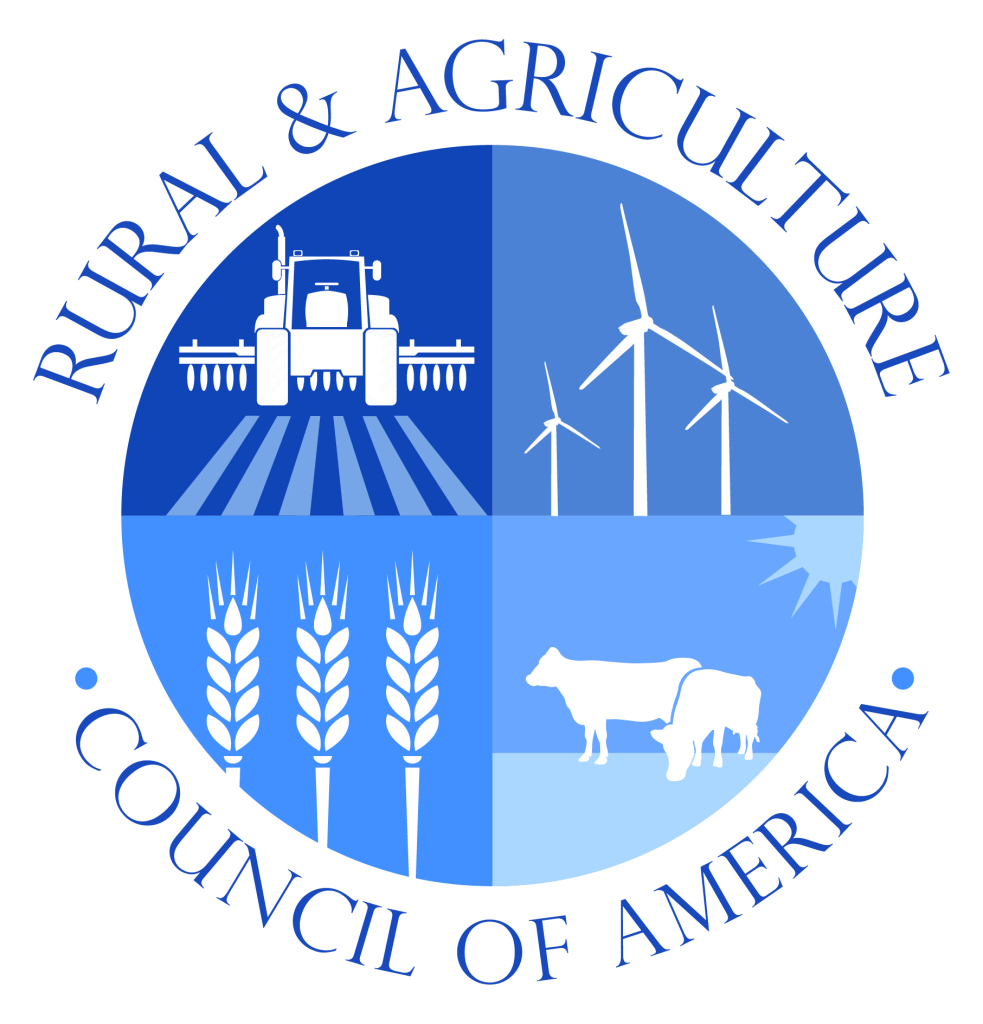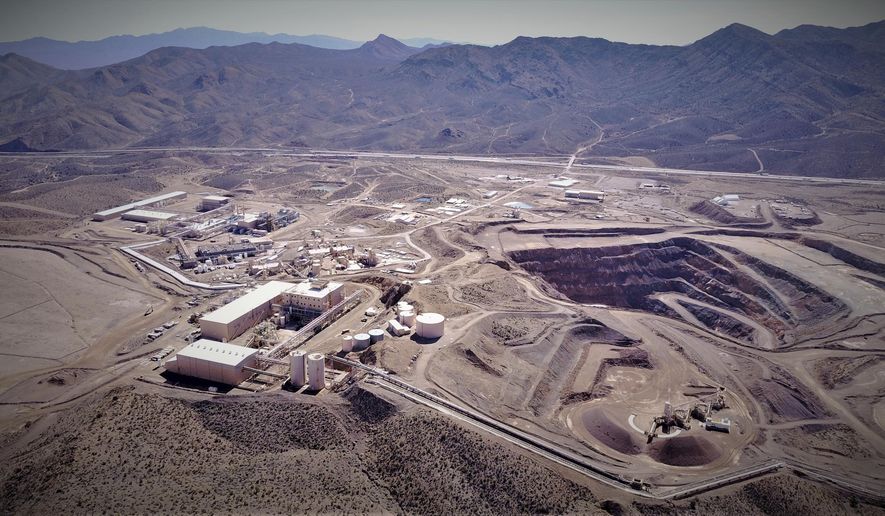By Ruth E. Jensen
Agricultural producers across the U.S. continue to point to “higher input costs” as their biggest concern for the upcoming year, according to the Ag Economy Barometer. For example, over the past three years, fertilizer costs have risen as high as 30 percent. There is more than one factor that can be attributed to this price increase, which means that the more we can do to prevent future price escalations is critical.
The speed and cost of transporting agricultural materials, like fertilizer, is currently threatened by a bill called the Railway Safety Act of 2023 (S. 576). Introduced by Ohio Senators Sherrod Brown and J.D. Vance, the assortment of provisions within the bill came about as a gut reaction to the tragic train derailment that happened in East Palestine, Ohio earlier this year.
The U.S. Department of Transportation (DOT) recognizes that railroads remain the safest above-the-ground mode of transportation for hazardous materials, or “hazmat.” The transportation of hazmat by rail is subject to rigorous oversight by the Federal Railroad Administration (FRA), the Pipeline and Hazardous Materials Safety Administration (PHMSA), and the Department of Homeland Security (DHS).
Further, the Association of American Railroads states that due to efforts focused on prevention, mitigation, and emergency response, rail hazmat accidents have declined by 70 percent since 2000, and more than 99.9 percent of rail hazmat shipments reach their destination without incident. That’s why, when a railway accident does happen, it’s news that we hear about.
The Railway Safety Act though is, unfortunately, a red herring.
In March, county presidents of the Ohio Farm Bureau traveled to Washington, D.C. to discuss the latest issues impacting their businesses and members with their elected representatives. In comments to the group, Senator Vance admitted that the Railway Safety Act was introduced simply to put pressure on the railroads instead of a comprehensive piece of legislation intended to increase safety.
“I do think that we’re at least helping and if we haven’t gotten the cleanup done already, we’re at least making it more likely to get done sooner,” he said.
In October, the U.S. Environmental Protection Agency (EPA) announced that major work to clean-up the site of the accident was already nearly complete. EPA said that Norfolk Southern had cleared more than 165 million tons of contaminated soil and over 39 million gallons of liquid waste. More clean-up still needs to take place, but Norfolk Southern is fully committed to the effort.
If the goal of the Railway Safety Act was to encourage adequate and thorough clean-up of the site of the accident, the bill accomplished exactly what it was created for. However, if Congress continues to push for full passage of this legislation in its current form, agricultural input costs – like fertilizer – will skyrocket due to the costly and time-consuming new proposed hazmat requirements.
I fully support securing the safety of our communities from accidents and disasters involving the transportation of hazmat, be it on rails or roads. However, these rules and regulations must be created in close coordination with respected industry leaders to ensure that they are not only implementable, but that they will truly accomplish the goals of legislation while minimizing adverse impacts to rail customers, such as ag producers and consumers.
Ruth E. Jensen is the founder of an agriculture and water resources firm and current national chairperson for the American Agri-Women. She currently resides in Knoxville, Tennessee.





















